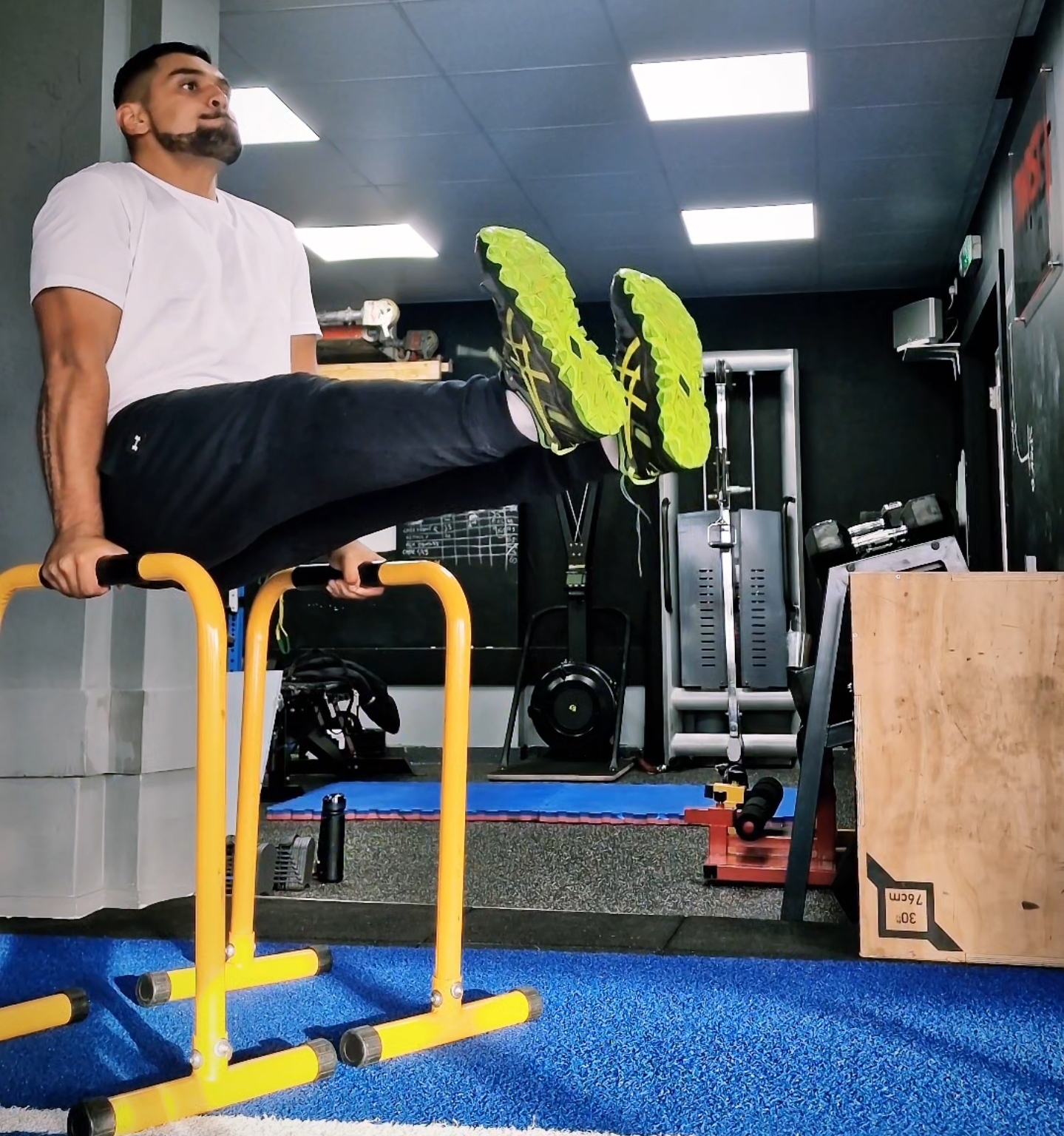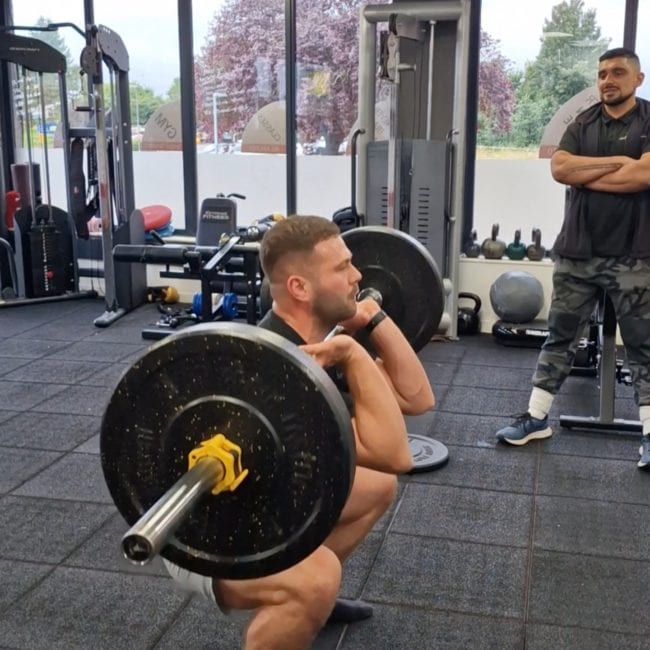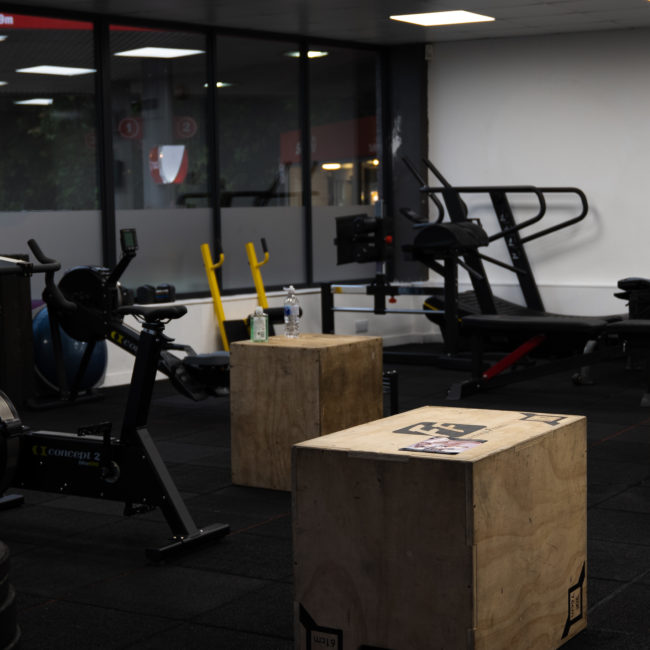Supercharge Your Fitness Routine with an Effective Strength and Conditioning Circuit
Are you tired of the same monotonous fitness routine? Are you looking to supercharge your workouts and achieve better results? Look no further! In this article, we will introduce you to the world of strength and conditioning circuits, the secret weapon to take your fitness goals to the next level.
Whether you are an athlete, a fitness enthusiast, or someone just beginning their fitness journey, incorporating a strength and conditioning circuit into your workouts can offer numerous benefits. With a combination of high-intensity exercises, resistance training, and cardio bursts, these circuits enhance muscular strength, endurance, and overall fitness.
But what makes a strength and conditioning circuit so effective? It’s the combination of challenging exercises, minimal rest periods, and a strategic workout structure that keeps your heart rate up, burns calories, and maximizes muscle engagement. The result? A faster and more efficient way to achieve your fitness goals.
In this article, we will guide you through crafting an effective strength and conditioning circuit, tailored to your goals and fitness level. Get ready to elevate your workouts and unleash your full potential. Let’s dive in and transform your fitness routine today!
Understanding strength and conditioning circuits
Strength and conditioning circuits are a dynamic and efficient way to train your body and achieve optimal fitness. These circuits involve performing a series of exercises back-to-back with minimal rest periods. The exercises can target different muscle groups and incorporate both resistance training and cardio elements.
The key to the effectiveness of strength and conditioning circuits lies in the combination of challenging exercises, minimal rest periods, and a strategic workout structure. By keeping your heart rate up throughout the circuit, you not only burn calories but also maximize muscle engagement. This results in improved muscular strength, endurance, and overall fitness. Make the exercise’s dynamic, use multi joint movement and not you’re common isolation bodybuilding exercises.
Benefits of incorporating strength and conditioning circuits into your fitness routine
Incorporating strength and conditioning circuits into your fitness routine offers a multitude of benefits. Firstly, these circuits are time-efficient. With their high-intensity nature and minimal rest periods, you can get a full-body workout in a shorter amount of time compared to traditional workout methods.
Additionally, strength and conditioning circuits are highly versatile. They can be tailored to suit any fitness level, from beginners to advanced athletes. You have the flexibility to modify the intensity, duration, and exercises based on your individual goals and capabilities.
Furthermore, these circuits promote functional fitness. The exercises mimic real-life movements, making them applicable to everyday activities and sports performance. By improving your functional strength, you enhance your ability to perform daily tasks more efficiently and reduce the risk of injuries.
Science-backed evidence on the effectiveness of strength and conditioning circuits
Acute Effects of Three Different Circuit Weight Training Protocols on Blood Lactate, Heart Rate, and Rating of Perceived Exertion in Recreationally Active Women.
The results of this study suggest the following in recreationally trained women:
- (a)CWIT has the potential to elicit high levels of BLA, HR, and RPE values and can be recommended for recreationally active individuals. It is recommended that sufficient recovery be included between CWIT workout sessions to reduce overuse injury risk or overtraining.
- (b)CWIT provides a potential method of accomplishing more work in less time through targeting multiple components of fitness within one exercise session.
- (c)BLA may be a better indicator of exercise intensity when comparing different circuit weight training protocols.
- (d)Regular CWIT training may induce gains in muscular endurance, strength, and cardiovascular endurance.
Full study Below: Just a reminder this is a drop of water in a sea when looking at studys of circuit training in peers (male and females)
Designing an effective strength and conditioning circuit
To design an effective strength and conditioning circuit, you need to consider several factors. First, determine your fitness goals. Are you looking to build muscle, improve endurance, or lose weight? This will guide the selection of exercises and the overall structure of your circuit.
Next, choose a variety of exercises that target different muscle groups. Include compound exercises that work multiple muscles at once, such as cleans, lunges, clapping press ups, and muscle ups. Incorporate both resistance exercises using weights or resistance bands and cardio exercises like jumping jacks, burpees, or mountain climbers. The modern term for type of training is known as Metabolic Conditioning. (Crossfit Style!)
Key exercises for a strength and conditioning circuit THAT ANYONE CAN DO AT HOME
When selecting exercises for your strength and conditioning circuit, it’s important to choose movements that are functional and effective. Here are some key exercises to consider:
1. Squats: A compound exercise that targets the lower body, particularly the quadriceps, hamstrings, and glutes. Squats help improve lower body strength and stability.
2. Push-ups: A classic bodyweight exercise that targets the chest, shoulders, and triceps. Push-ups build upper body strength and core stability.
3. Lunges: Another compound exercise that focuses on the lower body, specifically the quadriceps, hamstrings, and glutes. Lunges improve leg strength, balance, and flexibility.
4. Plank: An isometric exercise that targets the core muscles, including the abs, back, and glutes. Planks help improve core stability and posture.
5. Burpees: A full-body exercise that combines strength training and cardio. Burpees engage multiple muscle groups and elevate the heart rate, making them an excellent addition to any circuit.
Determining the right intensity and rest periods for your circuit
The intensity and rest periods of your strength and conditioning circuit are crucial to achieving optimal results. To determine the right intensity, consider your fitness level and goals. Beginners may start with lighter weights or bodyweight exercises, while advanced individuals can challenge themselves with heavier weights or advanced variations.
As for rest periods, aim for short intervals to keep your heart rate elevated. Ideally, rest for 30 to 60 seconds between exercises or complete one round of the circuit before taking a longer rest. Adjust the rest periods based on your fitness level and the intensity of the exercises.
How to progress and modify your strength and conditioning circuit
To avoid plateaus and continue making progress, it’s important to periodically modify and progress your strength and conditioning circuit. This can be done by increasing the weight or resistance, adding more challenging variations of exercises, or increasing the number of repetitions or sets.
Additionally, you can incorporate different training techniques such as supersets, dropsets, or timed intervals to add variety and challenge to your circuit. Gradually increase the difficulty level over time to keep your body adapting and improving.
Safety precautions and injury prevention in strength and conditioning circuits
While strength and conditioning circuits can be highly effective, it’s important to prioritize safety and injury prevention. Here are some safety precautions to keep in mind:
1. Warm up adequately before starting your circuit to prepare your muscles and joints for the workout.
2. Use proper form and technique during exercises to avoid strain or injury. If you’re unsure about proper form, consider working with a qualified fitness professional.
3. Listen to your body and avoid pushing through pain. If something doesn’t feel right, modify the exercise or seek guidance from a professional.
4. Gradually increase the intensity and difficulty level of your circuit to allow your body to adapt and minimize the risk of overuse injuries.
Tracking progress and measuring results in your strength and conditioning routine
To ensure you’re making progress and achieving your fitness goals, it’s important to track your progress and measure results. Keep a workout journal or use a fitness tracking app to record the details of each circuit, including the exercises, weights, sets, and repetitions.
Additionally, regularly assess your performance by tracking key metrics such as strength gains, endurance improvements, and body composition changes. This will help you identify areas of improvement and make necessary adjustments to your circuit.




“Push harder than yesterday if you want a different tomorrow..”









